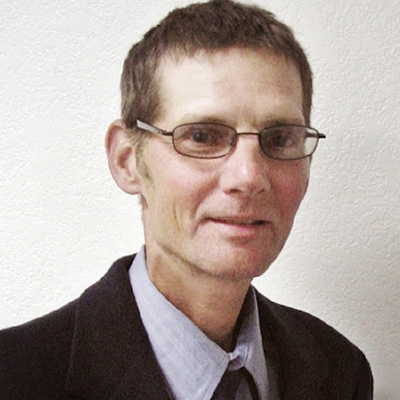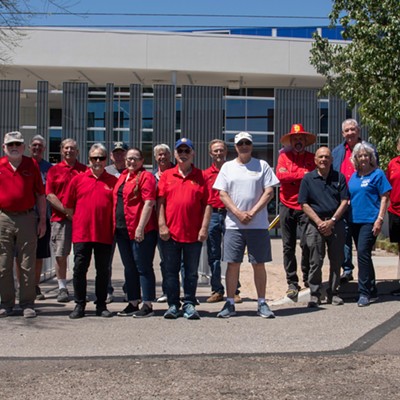The bad news: That still leaves an estimated $2.9 billion shortfall in the county's transportation needs through 2030.
And that's not even counting the cost of a freeway, which, at an estimated cost of $100 million a mile, looks about as feasible as handing out jet packs to every citizen of Pima County.
Sheila Storm, spokeswoman for Pima Association of Governments' Regional Transportation Authority, says a 17-mile cross-town freeway "would have eaten up almost all of the $2.1 billion" raised by the sales tax over the next two decades.
"And that $100-million-a-mile figure was before the cost of steel and cement went up," Storm adds.
Given the steep cost of a freeway (as well as the challenge of locating where to put it), planners with the Pima Association of Governments--which includes representatives from Tucson, Pima County, South Tucson, Marana, Oro Valley, Sahuarita and the Tohono O'odham and Pascua Yaqui tribes--have chosen to leave that project out of the regional transportation plan that covers all of the county's expected transportation needs through 2030, at a cost of $14.37 billion.
But even with that new sales tax, combined with local, state and federal revenue sources, PAG officials expect to only collect $11.47 billion, leaving a shortfall of more than 20 percent.
The PAG plan, a long-range blueprint required by the federal government, includes all manner of transportation projects: roads, mass-transit programs, airport runways, pedestrian crossings, bike paths and more.
It doesn't paint a rosy picture of what life will be like for the average Pima County commuter as the population climbs from roughly 950,000 today to 1.5 million people in 2030.
"Travel under heavily congested roadway conditions is expected to increase from 23 percent in 2005 to 27 percent in 2030," the plan notes. "Travel under severe congestion is expected to increase from about 6 percent in 2005 to 31 percent in 2030."
Even more troublesome: Development is set to explode in neighboring Cochise and Pinal counties, promising to severely clog Interstate 10 on both sides of town. Pima County Administrator Chuck Huckelberry has predicted the highway could become a "parking lot" at rush hour.
Unfortunately, the PAG plan forecasts that the Arizona Department of Transportation will only be widening Interstate 10 to eight lanes between Interstate 19 and the northern county line, at a cost of more than $500 million. The other end of I-10 is slated to have only new interchanges and signage in the PAG plan.
Some lawmakers have floated the idea of spending some of this year's billion-dollar surplus on highway projects, but a tax-cut package appears to have become a bigger priority.
On the bright side, some of the projects that aren't funded in the PAG plan seem relatively minor in the big picture, like a bicycle transit center with showers and air pumps (at a cost of $1.2 million), or four taxi sites (at a cost of $600,000), or javelina crossings at Old Spanish Trail and Escalante Road (at a cost of $500,000).
Others as-yet unfunded projects seem loaded with the same sort of political baggage that came with the RTA's funded plan to widen Grant Road: making Alvernon Way six lanes between Valencia and Grant roads (at a cost of roughly $78 million) or widening Craycroft Road to six lanes between Golf Links and River roads (at a cost of roughly $86 million).
Still other unfunded projects seem like luxury items to today's commuters: urban streetcar lines along Broadway Boulevard and South Sixth Avenue, among others, at a cost of more than $530 million.
Storm says the shortfall in the PAG "wish list" may not signal a future crisis.
"If you put that in perspective, you could probably go to any community across the country, and they would say they don't have enough money for transportation," Storm says. "So I don't think, in that regard, it's hugely unusual, except that Tucson is behind, probably, compared to some of these other communities, because it hasn't passed a transportation plan for 20 years."
















